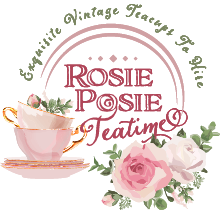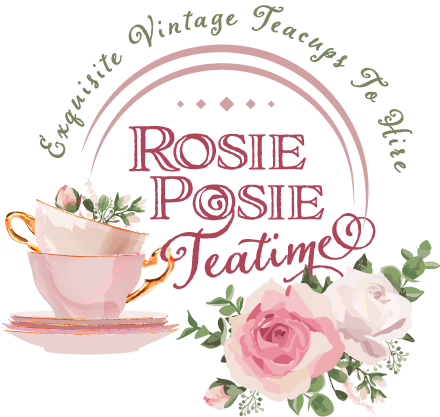
17 Apr Tea Party, Afternoon Tea and High Tea. What is the difference?
A Tea Party is a gathering for the small meal called Afternoon Tea. Formal Tea Parties are often characterized by the use of prestige utensils, such as porcelain, bone china or silver. The table is made to look its prettiest, with cloth napkins and matching teacups and plates.
Afternoon Tea is a tea-related ritual, introduced in Britain in the early 1840s. It evolved as a mini meal to stem the hunger and anticipation of an evening meal at 8pm.
Afternoon Tea was initially developed as a private social event for ladies who climbed the echelons of society. It was only when Queen Victoria engaged in the Afternoon Tea ritual that it became a formal occasion on a larger scale, known as ‘Tea Receptions’.
These receptions could have as many as two hundred guests with an open ‘at home’ invitation to visit between 4pm and 7pm, during which they could come and go as they pleased; this was the genesis of the Afternoon Tea as we know it.
In Britain today Afternoon Tea is usually enjoyed as an occasional indulgence or to celebrate a special event such as a birthday, or a pre-wedding or baby shower party with a group of friends. (from https://afternoontea.co.uk/information/what-is-afternoon-tea)
It is important to note that the Afternoon Tea menu served in the UK today is often referred to as High Tea in many other parts of the world.


